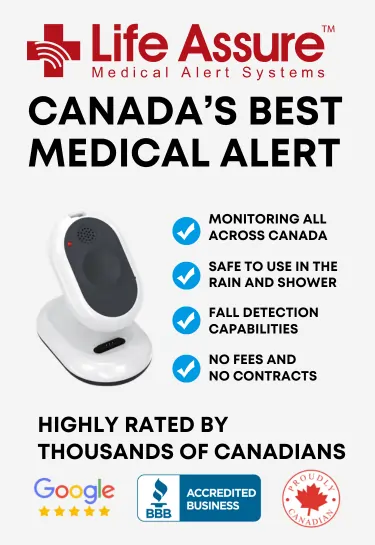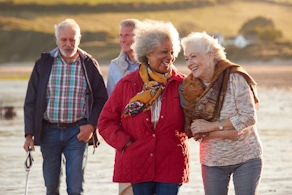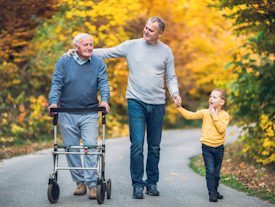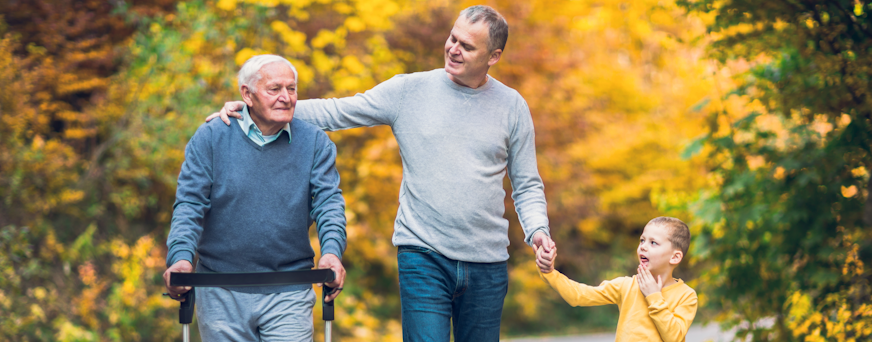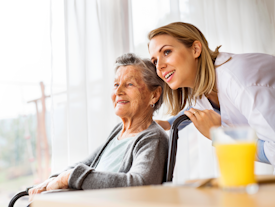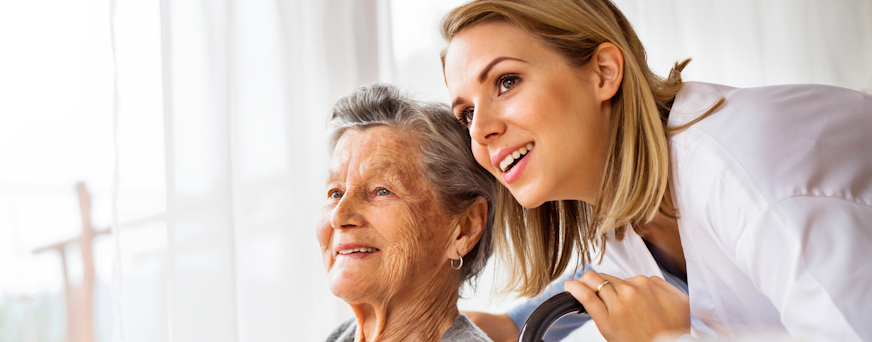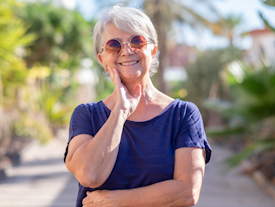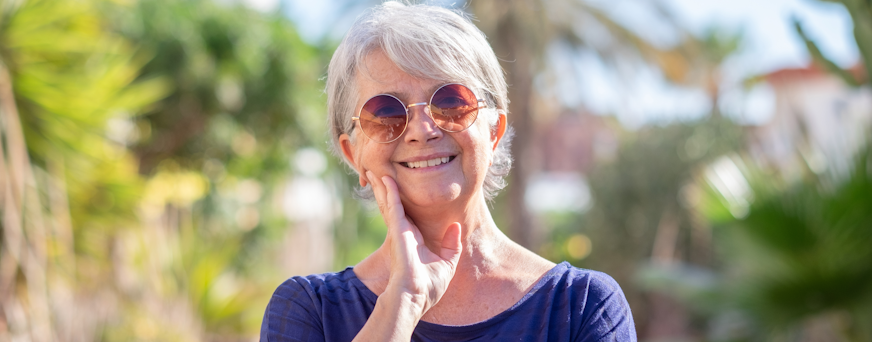Comparing Smartwatches vs. Dedicated Fall Detection Watch Options
Due to the rising safety needs of seniors, brands built smartwatches and dedicated fall detection devices. Modern smartwatches give you health updates, track fitness, sleep, and heart alerts.
Some models include fall detection, offering quick help after a hard fall. These features fit seniors who live alone, travel, or stay active daily.
On the contrary, dedicated fall detection watches focus on one job, fast and dependable. They use simple buttons and clear alerts in cases of falls that you can trust.
But the big question remains: are smartwatches better, or dedicated fall devices? Well, this guide compares both the fall detection watch and weighs their fit for Canadian seniors.
Life Assure Product Quiz
Find The Perfect Medical Alert Device
Take our 30 second quiz and discover
which Life Assure medical alert device
is the right fit for you or a loved one.
Life Assure Product Quiz
Find The Perfect Medical Alert Device
Take our 30 second quiz and discover
which Life Assure medical alert device
is the right fit for you or a loved one.
Smartwatches vs. Dedicated Fall Detection Watches: Key Differences
Both options work for Canadian seniors, but they shine in different moments. The following are the key parameters that make smartwatches and dedicated fall detection devices different.
Fall Detection Accuracy and False-Alarm Handling
Accuracy matters if an aged adult falls on ice, stairs, or uneven trails. Smartwatches use motion sensors and software to spot sharp drops and impacts. They can learn patterns but still see bumps from skating or snow shoveling.
Dedicated fall watches for the elderly focus on one task, with tuned motion thresholds. That narrow focus often reduces false alerts during daily chores.
Although every home and walking style looks a bit different, most fall detection devices offer sensitivity settings, which help match your movement. You can raise sensitivity for frail balance or lower it for active days.
Some fall watches give a short countdown you can cancel, which prevents false calls. Others alert a caregiver first, then escalate to help if needed.
Try a weekly test, for example, during a calm afternoon. Make sure vibration, tones, and screen prompts are easy to notice. In addition, check logs to see near-falls and missed events. Consistent testing builds trust before winter sidewalks turn slick again.
Emergency Response and 911 Integration Across Provinces
Help must reach the right place fast, across Canadian provinces and territories. Smartwatches often call your chosen contacts first, and then place an emergency call. Some can share location and basic details during that call, which helps.
Dedicated fall watches may call a live monitoring centre first, around the clock. An agent confirms the fall, speaks clearly to the elderly, and contacts 911 when appropriate. That extra step can filter false alarms and guide responders with context.
However, direct 911 calling through smartphones may feel faster for you in busy cities. In the case of fall detection devices for seniors, consider language needs, such as English and French support.
Also, check if the system supports GPS indoors, like in apartments. Many buildings challenge location accuracy, especially in concrete towers downtown.
Connectivity Across Different Areas
Coverage across Canada looks patchy once you leave big city cores. Smartwatches usually need LTE or a paired phone for full emergency features. Wi-Fi helps at home, and also in seniors’ residences with strong networks. However, in rural roads or northern towns, LTE can feel thin or flaky.
Dedicated fall watches sometimes include roaming SIMs for better network reach. That can improve reliability even on long drives or farm properties.
However, always confirm carrier support in your postal code, not just maps. Basements, elevators, and parking garages can confuse signals at the worst times.
In addition, some watches message your caregivers when connectivity drops for too long. That nudge helps you act before a risky gap becomes serious.
Battery Life & Cold-Weather Performance
Cold drains batteries faster, especially below freezing on windy sidewalks. Smartwatches pack rich screens, apps, and sensors that sip power all day. That flexibility often means daily charging, sometimes more in heavy use.
Meanwhile, dedicated fall watches keep displays simple and stretch battery life longer for aged adults. Multi-day life helps during storms or travel when chargers go missing.
However, any device struggles if worn outside a coat in deep cold. So, keep both watches under a sleeve to trap warmth and save power. Big buttons help with gloves, and loud tones cut through street noise.
Magnetic chargers and clear indicators reduce fiddling for aging hands. Replace worn bands so that the device sits snug, not sliding around.
When to Use Smartwatches for the Elderly?
Choose a smartwatch when daily life blends health, movement, and family chats. You get heart alerts, step counts, and sleep notes in one tidy place. That mix makes sense for active days at senior community centres or malls.
You can share activity with family, and also see trends after doctor visits. Fall detection adds a strong safety net without losing lifestyle features. However, be ready to charge often and update software when prompted.
Pairing with a phone expands options, including maps for walks by the river. Urban areas usually have great LTE, which helps calls reach 911 quickly. In addition, Wi-Fi at home fills gaps while you relax or nap. Pick a watch face with big fonts and bold alerts for clarity.
Thus, smartwatches fit when seniors want safety plus simple joy, every single day.
When to Use Dedicated Fall Detection Watches for Seniors?
Reach for a dedicated fall detection watch when simplicity beats everything else. The design centres on fast help, loud alerts, and fewer confusing screens. That focus helps after a stroke, memory changes, or long hospital stays of the elderly.
You get one main button, clear prompts, and a strong speaker for voice. A monitoring centre can calm your fear, confirm your details, and guide responders for help. This approach reduces false alarms while still moving quickly during real falls.
Battery life often runs for days, which helps during winter outages or travel. Coverage can improve with roaming SIMs, which are handy on rural roads or at cottages. However, you still need to test the signal and call clarity along routes.
In addition, straps feel light and comfy, so wearing becomes a steady habit. Caregivers appreciate simple dashboards and dependable check-in alerts during quiet nights.
Dedicated watches shine when you want reliable help without extra bells. They simply watch for falls and connect for help, no fuss attached.
Conclusion
You now have a clear path for choosing safer wearables in Canada. Smartwatches give broad health tracking and handy fall alerts for daily routines. Meanwhile, dedicated fall watches focus on quick response, simple buttons, and steady reliability.
You must weigh your lifestyle, winter conditions, coverage, and comfort before making a choice. Pick what fits, stay connected to help, and move confidently each season.



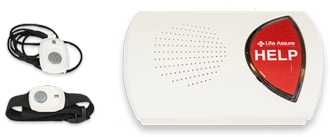


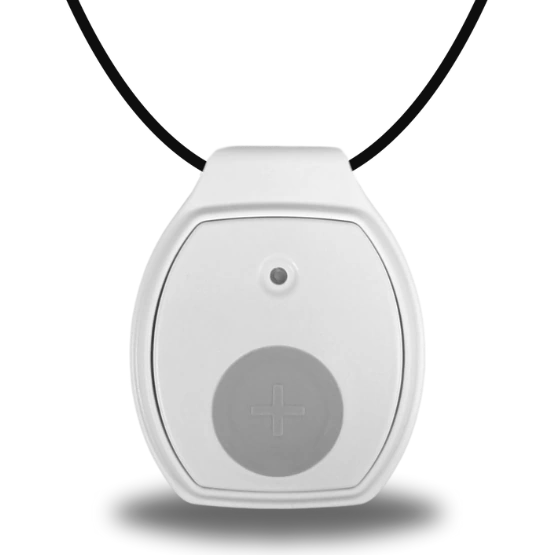


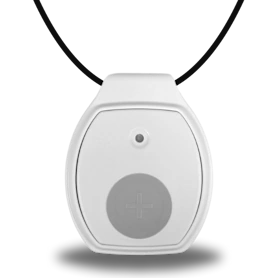

 Get Help With The Push Of
A Button
Get Help With The Push Of
A Button
